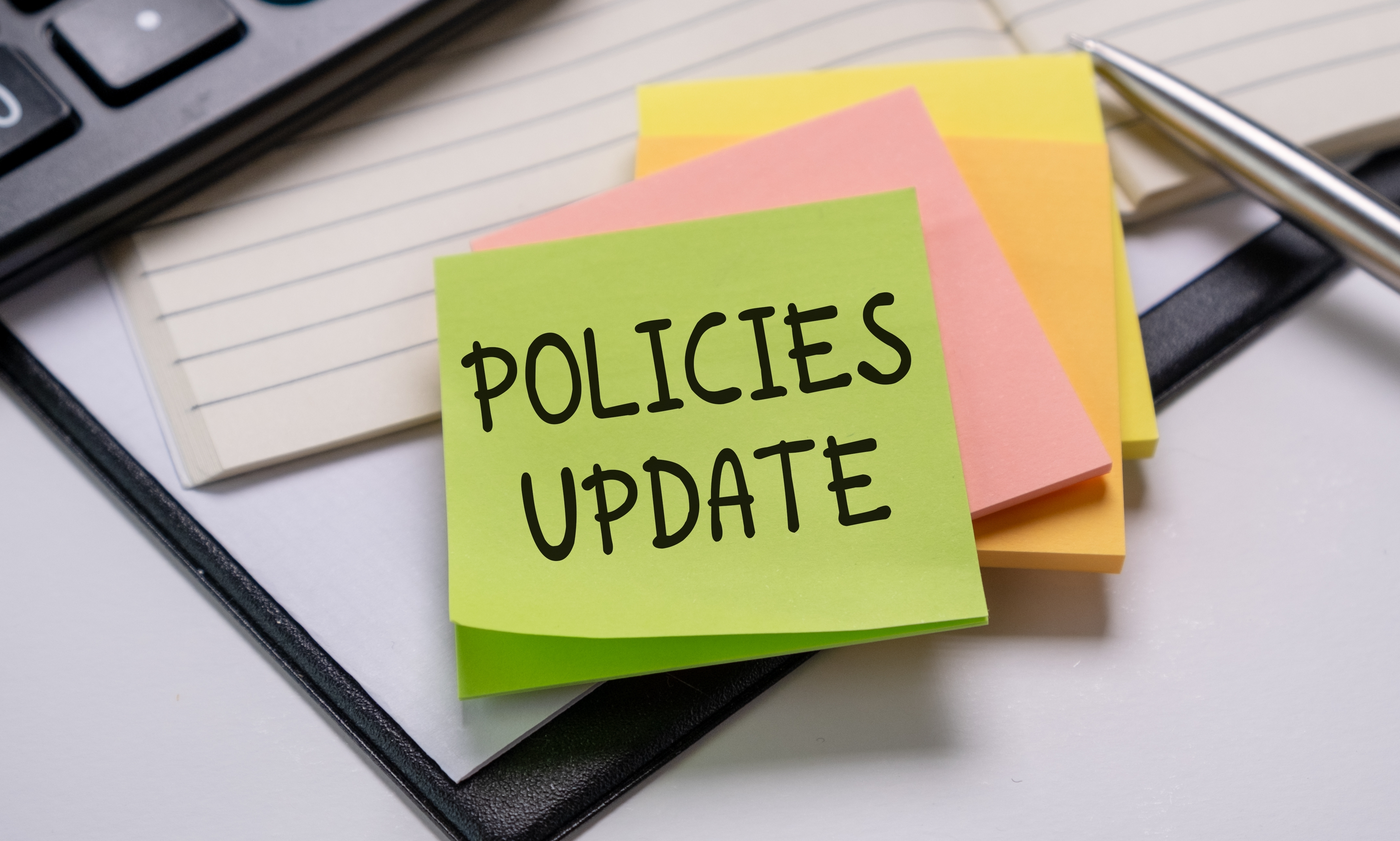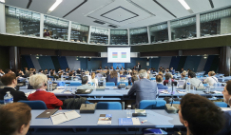Download “User empowerment against disinformation online” here
Elon Musk’s recent purchase of Twitter and reported loosening of content moderation and rules have once again thrown an uneasy but sharp spotlight on the dangers of disinformation and fake news. But even if we avoid the “free-for-all hellscape” scenario, Europe still needs the right tools to empower today’s media users to be able to deal with disinformation and not fall into the fake news trap. The European Audiovisual Observatory, part of the Council of Europe in Strasbourg, has just released this new report User empowerment against disinformation online which examines the various tools and their uses.
Chapter one of this report provides an overview of the ongoing discussions on definitions and scene setting regarding concepts such as mis-, dis- or malinformation. The authors also explore the negative effects of disinformation on basic human rights such as the right to free and fair elections, the right to privacy and reputation or the right to freedom of expression, for example. From the outset it is clear that media literacy is a key weapon in the fight against disinformation.
The second chapter focuses on measures and tools introduced by international or European organisations in order to empower media users to combat disinformation. For example, the authors examine guidelines issued by UNESCO as well as ongoing exchanges led by the OSCE Representative on Freedom of the Media. The Council of Europe’s work in this field is also highlighted: from its recommendations on media pluralism and transparency of media ownership in 2018 to the more recent Recommendation of March 2022 on promoting a favourable environment for quality journalism in the digital age, in which member states recognise that media and information literacy “is a key factor to enable individuals to deal with the media in a self-determined way”.
The authors then walk us through the various EU legal texts, programmes and initiatives which aim at promoting user empowerment with regards to disinformation. In December 2020, the European Commission presented the European Democracy Action Plan together with its proposal for the Digital Services Act. Both initiatives introduce legally binding tools regarding the accountability and transparency of digital platforms. These measures aim at strengthening democratic resilience and the EU’s regulatory toolbox. In the same year, the European Digital Media Observatory was set up as an independent body funded by the European Union, bringing together fact-checkers and academic researchers with expertise in the field of online disinformation, social media platforms, journalist-driven media and media literacy practitioners. It aims to act as a reference point on data and policies on disinformation, public trust, media literacy and quality information.
Chapter three zooms in on national responses to disinformation, examining examples of legislative and non-legislative instruments. In 2017 Germany was the first European country to introduce regulation to fight hate crime, criminally punishable fake news and other unlawful content on social networks more effectively. The UK introduced its Online Media Literacy Strategy, completed by the Online Safety Bill, published in May 2021, and still under discussion in the House of Commons. As regards non-legislative approaches, the authors flag up the “Stop, Think, Check” awareness and education campaigns introduced in countries such as Norway, Iceland and Ireland. The report also looks at fact checking and media literacy initiatives in Poland and Hungary, for example.
Chapter four presents the EU Code of Practice on Disinformation, revised and strengthened resulting in a new version in 2022. Attention is paid to the way in which the Big Tech platforms actually respect the measures outlined in the Code of Practice on Disinformation. This chapter also examines the role of the various national regulatory authorities and pan-European bodies such as ERGA and EPRA.
Chapter five looks at relevant judgments linked to disinformation made by both the Court of Justice of the European Union and the European Court of Human Rights.
Chapter six closes by outlining the various stakeholders’ reactions to the new 2022 Code and recent developments at EU level. The authors conclude that “as individuals interact with online services without necessarily mastering them, providing them with the tools to defend themselves from harmful but technically legal disinformation appears to be one of the possible winning strategies available.”






